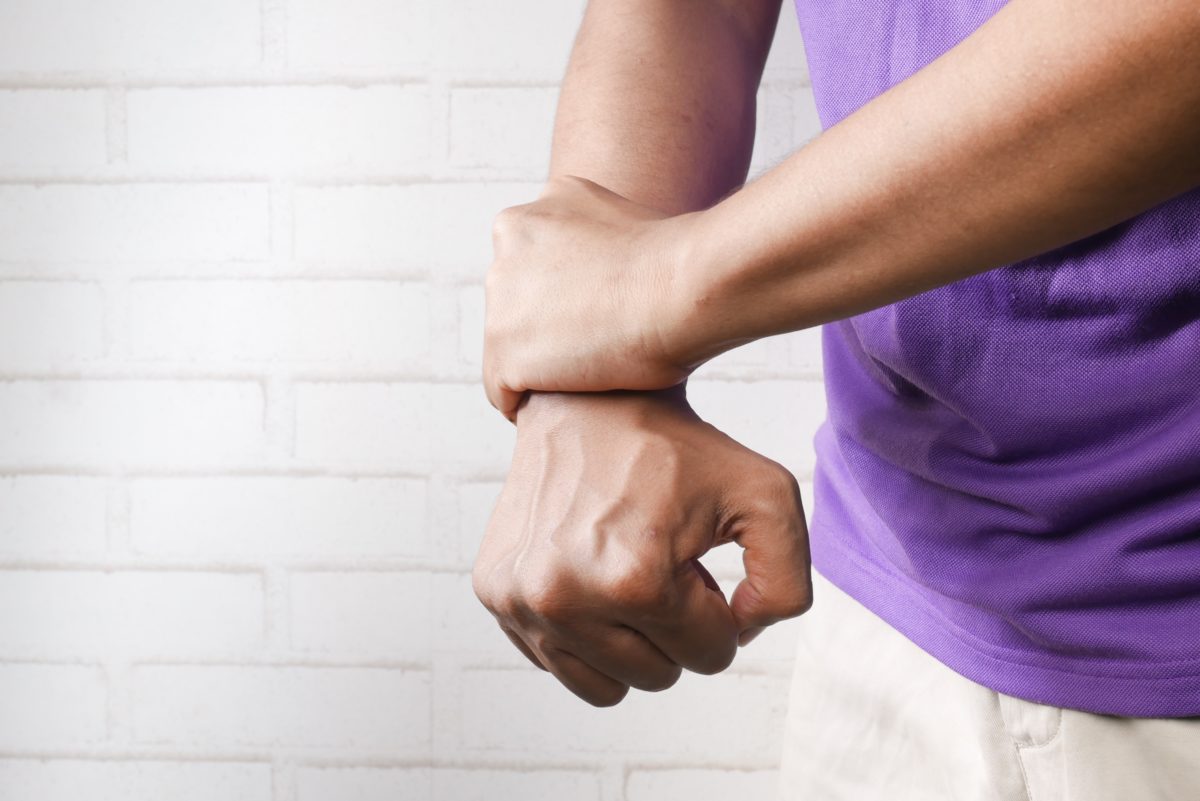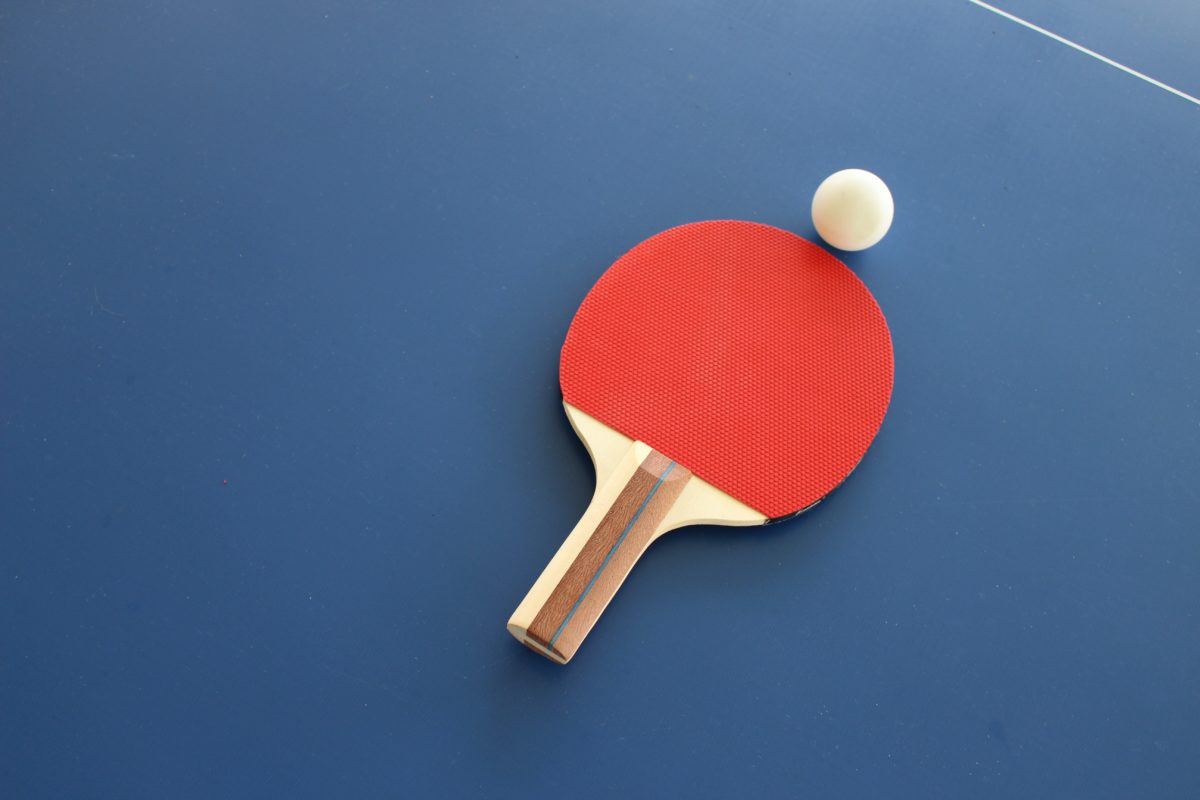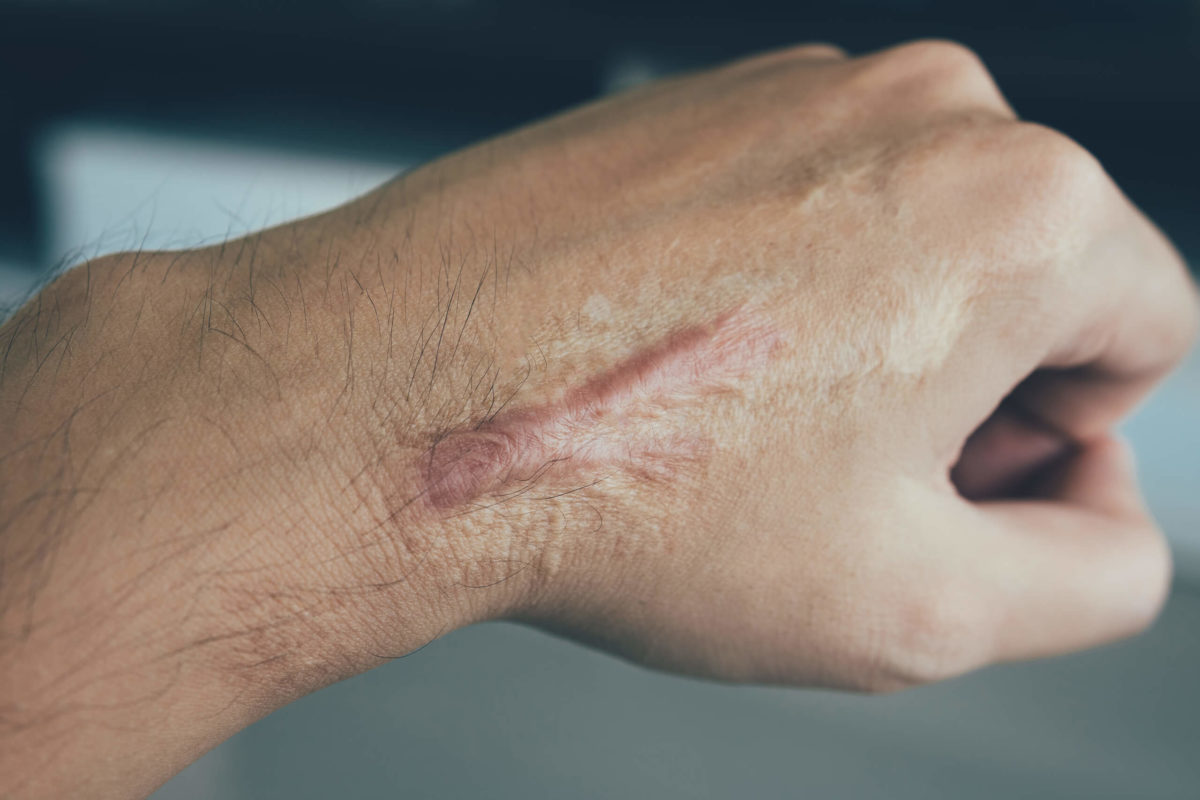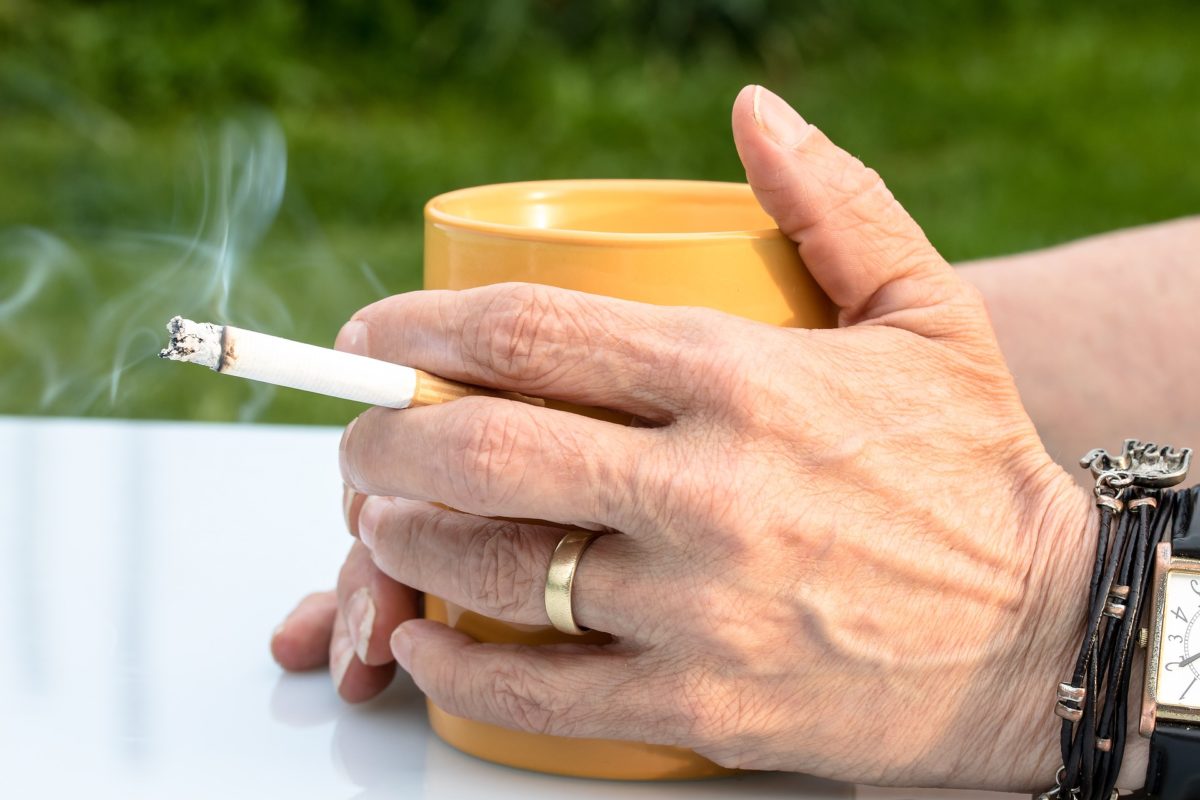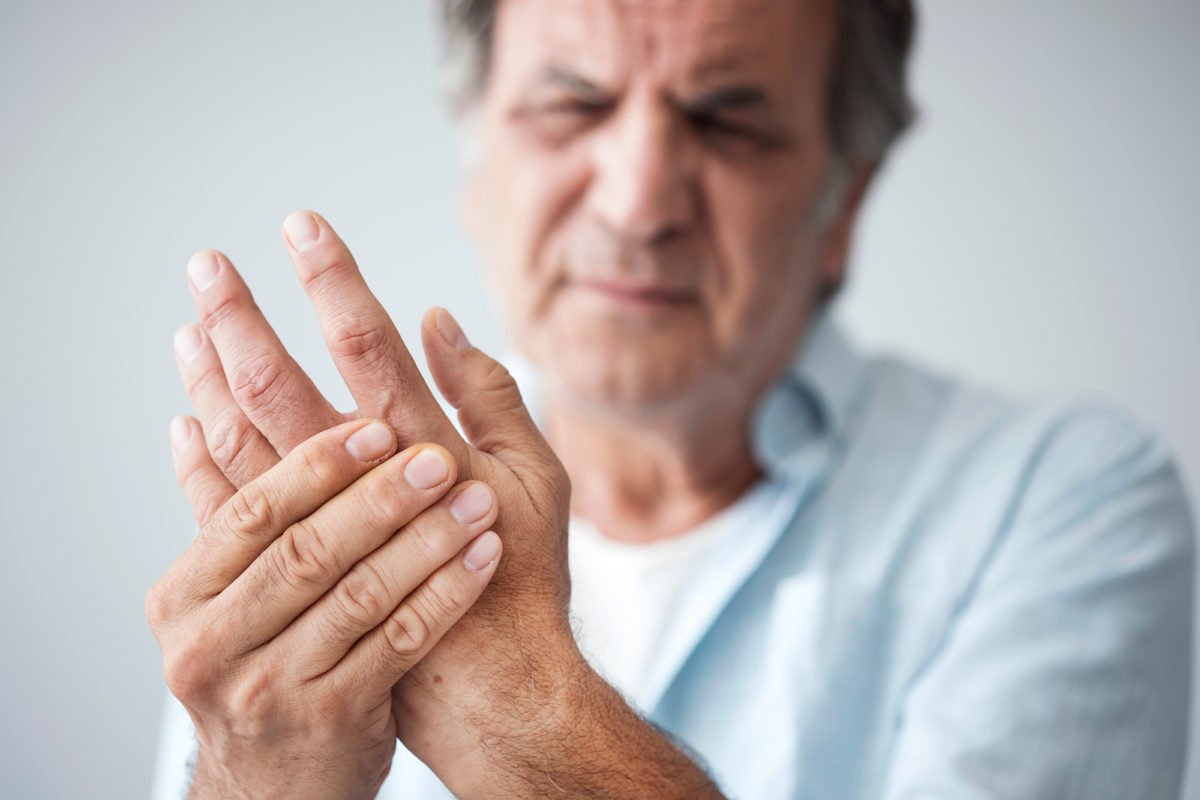Very little in the world can make you feel older or more helpless than developing arthritis in your hands, body parts we often times take for granted. Fortunately, while there is no known cure for either rheumatoid arthritis or osteoarthritis, if you catch the early signs of arthritis in your wrists and hands, treatment is possible. Hand Doctor Avery Arora can recommend ways to keep your hands and wrists flexible and strong for years to come.
First, let’s discuss the two types of arthritis and how they differ from one another. Then, we’ll get into the signs and symptoms that indicate the following:
- if you’re developing arthritis
- when to see a hand doctor
- what kinds of treatment are available to you
Rheumatoid Arthritis v. Osteoarthritis
Rheumatoid arthritis is an autoimmune disease that adversely affects the cells in your body that keep your joints coated and lubricated, whereas osteoarthritis is the “wear and tear” arthritis. The exact cause of rheumatoid arthritis is unknown, it seems to be linked to certain genetic components in association with environmental factors, including bacterial or viral infections.
Osteoarthritis, on the other hand, is caused by aging joints, obesity, and/or trauma to a joint (or joints). Osteoarthritis can affect just one joint or many. Rheumatoid arthritis tends to affect joints symmetrically. So, if you have fairly uniform symptoms in both of your hands and/or wrists, it is more likely that you have rheumatoid arthritis than osteoarthritis. To be absolutely sure, though, it’s best to talk with a your hand doctor for a proper diagnosis.
What Are the Symptoms of Arthritis?
If you exhibit any or all of the following symptoms, it is likely that you have arthritis in your hands and/or wrists, and it’s time to call the hand doctor:
- Stiffness, pain, and/or swelling in the fingers, hands, and/or wrists
- Warm hand or wrist joints, especially if they’re tender to the touch
- Finger joint deformities
- Numbness and/or tingling in hands and fingers
- Pain, stiffness, and/or swelling that lasts more than an hour
Arthritis in the hands can be a serious problem, especially if you use your hands for your work. Whether you work in an office or a garage, pain and stiffness in your hands and wrists can mean major issues for your job. So, if you exhibit any of these symptoms, call a hand specialist immediately. This disorder will not just go away if left untreated.
Arthritis Treatment
Depending on how severe your arthritis is, your doctor may prescribe one of many treatment options. For mild arthritic pain, nSAIDs (non-steroid anti-inflammatory drugs, such as aspirin) may be effective enough to relieve pain and swelling. Some patients require a special wrist brace to stabilize the joints and keep them in the proper position so as not to cause any more damage.
Dr. Arora, Michigan’s top hand surgeon, may also recommend a change of diet and stress management, physical therapy, and/or rest and exercise. In some cases, surgery is necessary, but this can often be avoided if the disorder is caught and treated early. If you suspect that you’re suffering from rheumatoid arthritis or osteoarthritis, make an appointment with your hand doctor today.
Here at Arora Hand Surgery, we care about your health. If you are feeling hand or wrist discomfort and worry that it may be the first signs of arthritis, visit Dr. Avery Arora at one of his southeast Michigan offices located in West Bloomfield, Warren, Macomb Township, or Howell.


